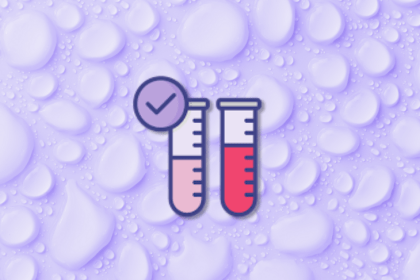
This article delves into the two predominant statistical frameworks utilized in product A/B testing: Bayesian and frequentist methods.

Scrum meetings help foster collaboration while setting shared expectations and delivery goals for the development teams.
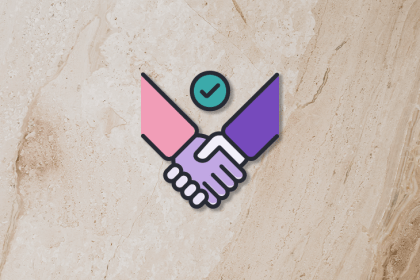
A team working agreement mitigates frustration and helps prevent friction by clearly defining where one role’s obligations end and others begin.

The continuous improvement process (CIP) provides a structured approach to delivering incremental product enhancements.
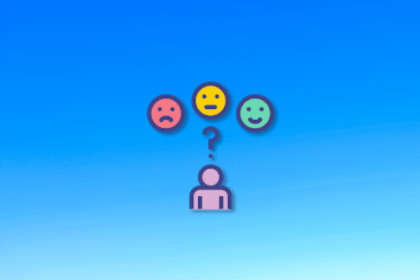
Improving your customer experience enhances customer satisfaction and boosts business growth and customer retention.

Getting Things Done (GTD) is a personal productivity system developed by David Allen and published in a book of the same name.

A business plan aims to align stakeholders, minimize uncertainties, and increase the likelihood of product success in the market.

A team lead is a visionary who can coach, guide, and motivate the team to work collaboratively towards a common goal.

A customer-led product strategy occurs when you place your customer at the center of every product decision.
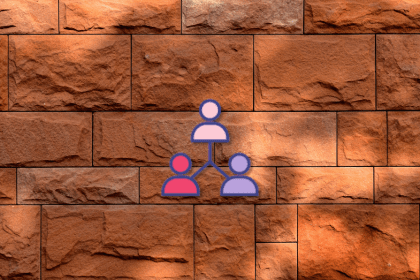
A management style refers to the specific way you approach directing your team towards organizational goals.
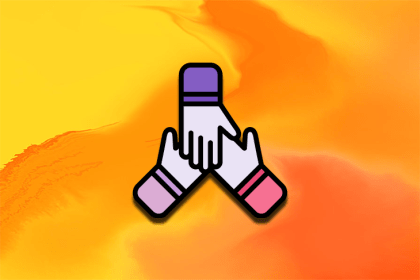
The foundation of transactional leadership is command and control and offers rewards to get results

Building a team is crucial for delivery and daily operations in any organization, but it’s imperative in product management.